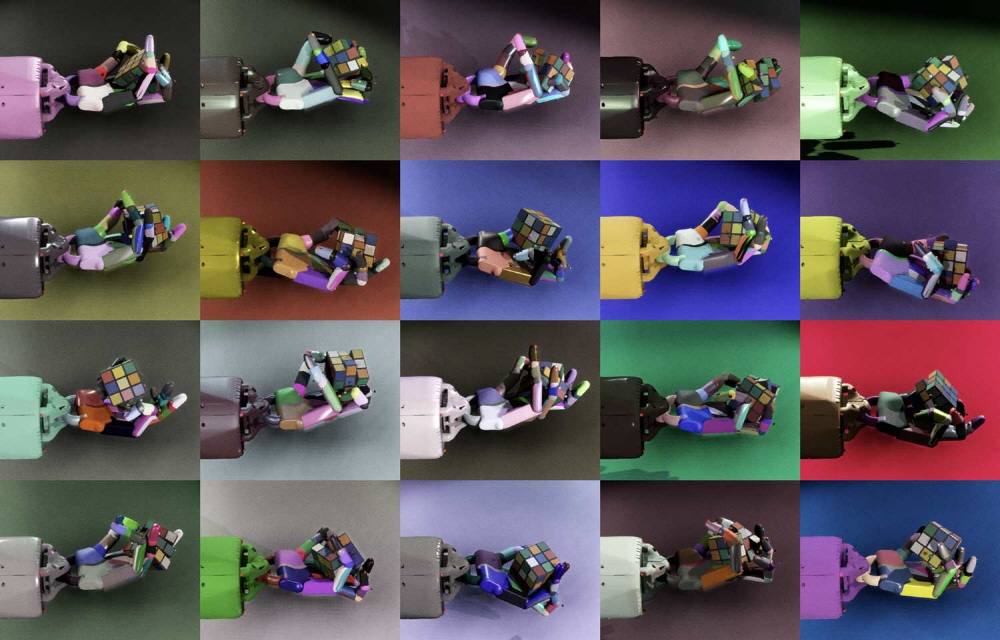
OpenAI, a non-profit organization that researches artificial intelligence, is developing a robotic arm that can solve magic cubes with one hand. This technology is different from previous studies in that it does not completely rely on algorithms, but that it creates thousands of years of experience in robotic arms as humans evolved and developed hand movements by creating multiple simulation environments. The research team says the technology has changed their minds.
Open AI is trying to create a robot that can learn through try and error like humans. Algorithm training to solve the magic cube by hand was also done in this dimension. It is difficult even for humans to solve the magic cube. Robots do not learn how to solve magic cubes, but rather learn how to solve by learning information such as the weight of the cube by themselves, facilitating finger friction or changing the shape of the cube. It is said that in the world of robots, robot arms have never learned such a complex skill.
Humans have evolved through a long time and learning so that they can manipulate objects with their hands. In order for a robotic arm to move like a human, it has to do something similar from scratch. In other words, if you create specialized specialized algorithms, you cannot do the same thing as humans. The research team predicted that if thousands of simulation environments were created and each environment was able to perform tasks, the robotic arm could be activated. In other words, thousands of years of experience on a robotic arm network in a simulation environment. The research team repeated the behavior of the robot arm learning a task and imposing a new task when it became proficient.
In reality, robots can be deployed in more difficult environments. The robot arm is made with rubber gloves to make the task more difficult, but the robot arm does not give up on Magic Cube. The research team believes that adapting the robot to this new environment is the core intelligence of the technology developed this time.
The research team explains that the technology has changed the way we think about multipurpose robot education. In other words, he started thinking about not only thinking about algorithms, but how to create a complex environment in which he could learn. The research team’s goal is to enable robots to perform multiple tasks.

It was in May 2017 that OpenAI began developing such a technology. It is said that as of 2019, the success rate is about 60% because robots need a lot of time to learn this technology, which is difficult even for humans. If you increase the complexity of Magic Cube, the success rate is about 20%. Research continues today. Related information can be found here .


















Add comment